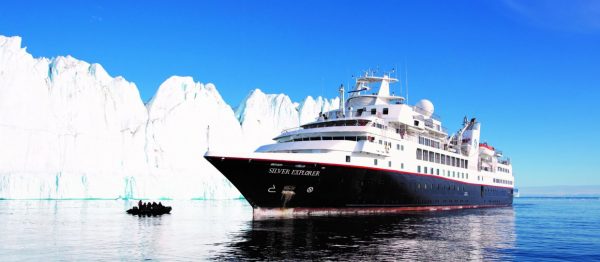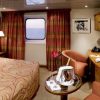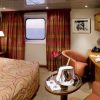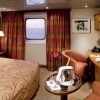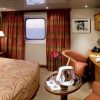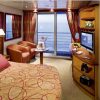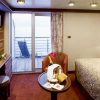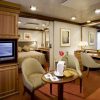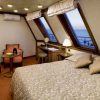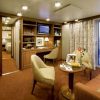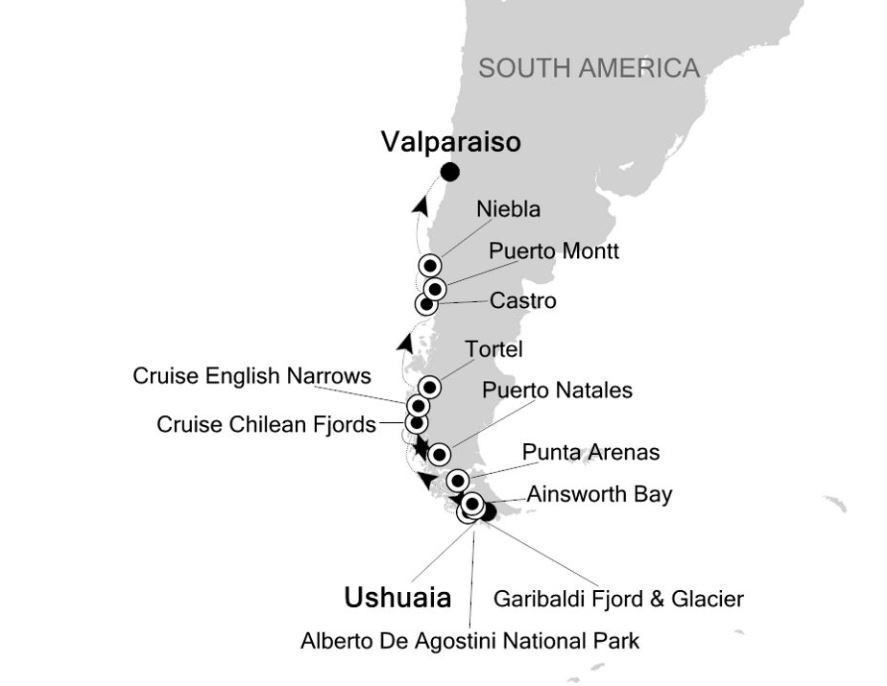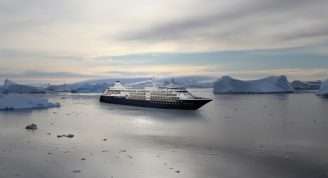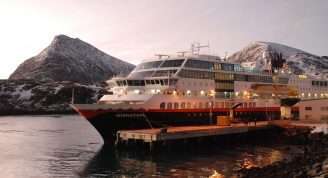Description
Join us for a journey through the Beagle Channel, the Strait of Magellan and along the breathtaking coastline of the Chilean Fjords. You will get to see glaciers and mountains and pass through some of Chile’s largest and most rarely visited national parks. See the emblematic Torres del Paine and look for whales at the beginning and end of Chile’s Inside Passage. Andean Condors and Lesser Rhea, Flying and Flightless Steamer-Ducks, Magellanic Cormorants, Chimango Caracaras, and many other bird species will be seen. Another highlight will be the wooden churches in Chiloé, a UNESCO World Heritage.
Throughout the voyage, learn about the history, geology, wildlife and botany of this spectacular area from lecture presentations offered by your knowledgeable onboard Expedition Team.


